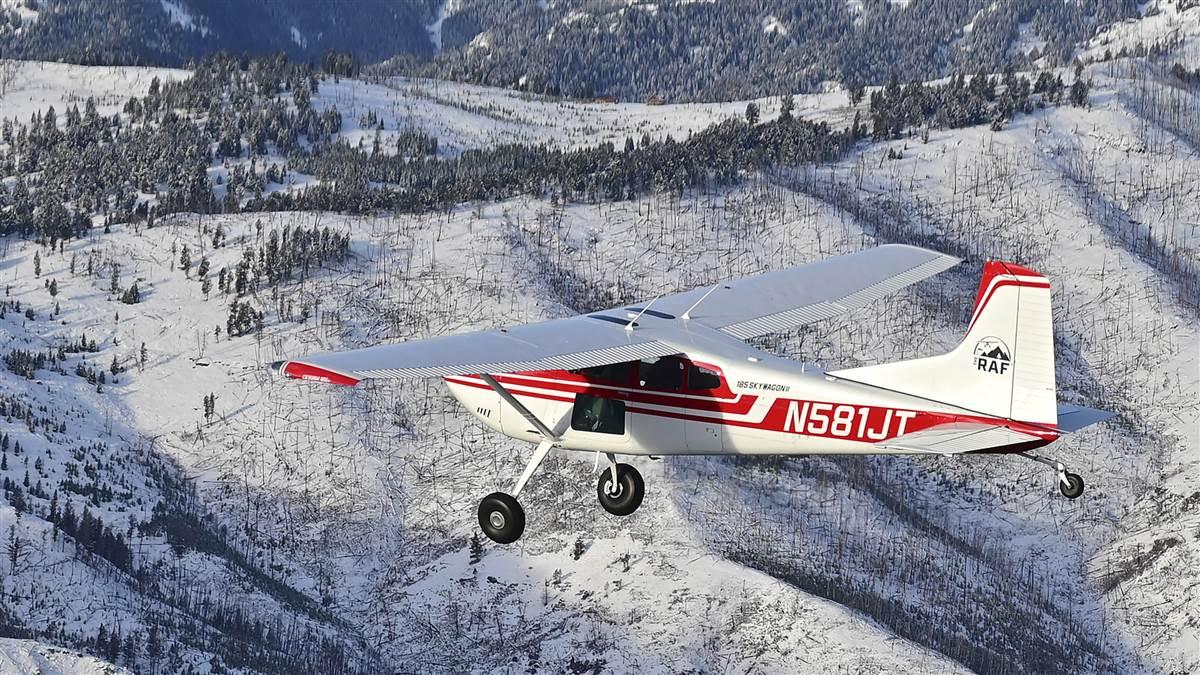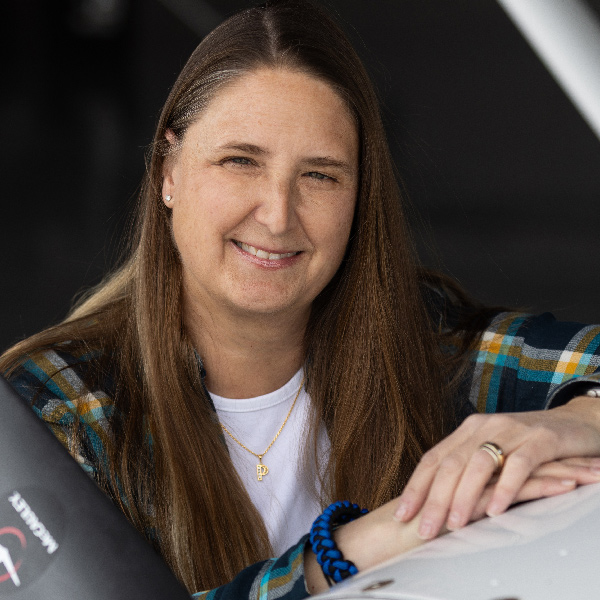Cold, crisp, and captivating
Let your airplane take you on a winter adventure
As the days get shorter and you notice the morning chill, it’s tempting to tuck in your airplane for the winter months and wish it a restful hibernation. Don’t. Winter flying is simply spectacular. Clear, frigid air gives your aircraft top performance, and on a steel-blue day, the vistas are beyond stunning. There is little convective activity during the colder months and an added bonus: the sky and your destination airports will likely be less busy than during the peak summer GA flying season.

That said, winter flying requires a mindset shift and some extra planning. The cold season brings with it vulnerabilities for both the aircraft and the pilot, but if you think things through ahead of time, you’ll be rewarded.
While the air is clearer than in the summer, fast-moving cold fronts can surprise the un(der)prepared pilot. Reduced visibility as well as airframe and carburetor icing can result. Always remember to check freezing levels, pilot reports (pireps), and airmet warnings in your region. Even before you attempt to launch, don’t forget to clear any ice or frost off your aircraft. While the increased weight can be a factor, what’s really hazardous is the up to 30-percent reduction in lift and 40-percent increase in drag.
Runway surface conditions play an important role in helping you choose a destination and making your outing a successful one. Call ahead to your potential destination airport to find out what the runway looks like. Snow, slush, or ice can significantly increase takeoff and landing distances, and there’s a risk you could lose traction and slide off the surface. Surface conditions could be notamed, so you’ll need to brush up on the Runway Conditions Assessment Matrix to get a rough idea of what you can expect. But remember, these assessments are never an exact science and could vary between airports.
Your aircraft will also need a little extra winter love, on several fronts. Your battery may become depleted more quickly in the cold, and the oil will take longer to warm up and get to an acceptable operating temperature range. Cold oil is thicker and may not circulate immediately after starting up the engine. Depending on where you live, it may be useful to invest in a preheating system to ensure your aircraft’s fluids and cylinders are toasty and ready to go when you want to fly.
If it’s chillier than normal, you’ll probably want to use the cabin heat, and here’s where things might get a little dicey. Most single-engine piston aircraft utilize the heat from the engine exhaust to warm the cabin air. An exhaust shroud encases the muffler and directs warm air into the cabin through a vent.
But exhaust shrouds sometimes crack and when that happens, exhaust gas could leak into the cockpit as a result. Carbon monoxide poisoning is no joke. That’s why it’s wise to carry a carbon monoxide detector on board, preferably one that will give an audible and visual signal when carbon monoxide levels exceed safe levels.
Just like during the warmer seasons, it’s important to prepare yourself for the mission in case you have to make an off-airport landing or become stranded somewhere. Dress appropriately for your region, take extra layers if you need to, make sure your shoes are made for walking, and have snacks and warm fluids (a thermos can of tea or soup?) on hand. Gloves, a hat, and boots will protect your extremities if you’re in a place where the risk of frostbite is high.
If you’re flying over hostile, remote terrain, it might be wise to add a lightweight sleeping bag or thermal blanket to your gear, as well as fire-starting materials and a mirror or other signaling device, in addition to a basic survival kit. A handheld radio and portable charger or mobile power bank could also be a lifesaver in case of an emergency. As always, tell someone where you’re going, who you’re going with and when you’ll arrive.
Winter flying is unbelievably spectacular, and every successful flight begins with thorough preflight preparation and briefing. Don’t live through another cold season without going out there and enjoying it. 



